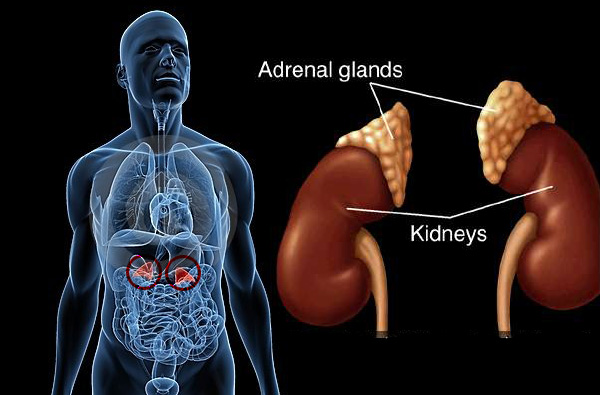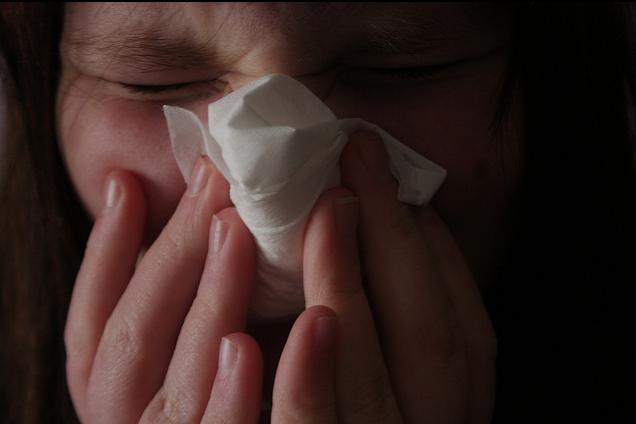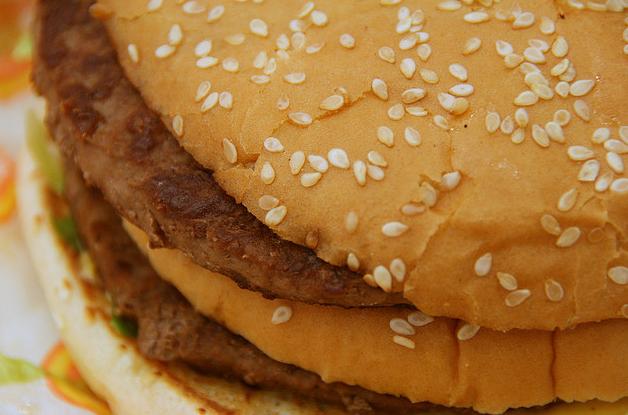To tan, or not to tan? That is, very simply, the question.
How much sun exposure is safe for your body is one of the most popular questions asked around summer time – especially during heat waves like the one we just had in New York.
It’s no surprise that many people feel better about themselves when they’re tan. Some people claim it builds their self-esteem and confidence, others say it makes them look thinner.
But on the other hand, it’s no secret that “sun worshipping” can be very dangerous.
In my pocket-sized book, "Antidotes for Indescretions," you can learn specific natural remedies to counteract the negative impact that some foods and lifestyle choices may cause us. In my book, I discuss natural remedies for things like sunburn, greasy foods, cigarettes and excessive coffee drinking. Learn more about my book here: http://www.charlesseminars.com/producs.html
The most important thing to remember is that sun exposure is like a workout for your skin. Just like exercising is imperative to your overall health, Vitamin D from the sun is important as well. But just like you need to take adequate breaks from exercising so that you don’t fatigue your muscles, you must take breaks from the sun. Like many things in life, neither too much nor too little sun is a good thing.
Here are 5 helpful tips to remember for safe sun exposure:
1. Take your oils before and after sitting in the sun.
And no, I don’t mean sit there and lather on a full bottle of baby oil. The oils I’m talking about are the ones your skin produces naturally.
Sunlight is a powerful oxidizer that tends to pull calcium out of the skin and draw it into the bloodstream because of Vitamin D activation. But taking things like fish oil, flaxseed, black currant seed oil or olive oil before sun exposure will help keep the skin moisturized and pull the calcium back into the skin.
It is also helpful to take calcium lactate to ensure that you have enough calcium in your body for the oils to bring to the skin. And as an added benefit, taking calcium along with oils can prevent things like nasty cold sores.
2. Eat mushrooms before sun exposure.
Love ‘em or hate ‘em, mushrooms may help protect your skin from the sun. Mushrooms contain the enzyme tryosinase, which converts the amino acid tryosine into melanin. Melanin is what allows us to tan and protects the skin. Melanin is the pigment that is secreted by melanocytes, a type of cell in your skin. The type, combination of types, and amount of melanin determines things like your hair color and your skin color, both naturally and with sun exposure
Melanin is the body's way of protecting skin from burning, so popping a few mushrooms in your salad the night before a big beach day might just help protect you from the sun’s dangerous rays.
3. Select the right sun screen.
Ultraviolet light from the sun comes in two main wavelengths: UVA and UVB.
UVB is what you want for healthy Vitamin D production. UVA, the deeper penetrating ray, is what causes premature aging and wrinkles. So, be sure to select the sunscreen that protects against UVA rays.
What most people don’t realize is that it takes about 15-20 minutes for sunscreen to start working. Because of this, it is important to apply sunscreen with some time to spare before sitting in the sun. Sunscreens are measured by SPF, or their “sun protection factor.” It is ideal to use a sunscreen with at least 15 SPF; 30 SPF if you’re fair-skinned.
The SPF rating gives you an estimate of how much longer you could stay in the sun without getting sunburned. If you typically burn after 20 minutes and you put on a sunscreen with an SPF of 15, this sunscreen may give you 15 times the protection. That's 15 times 20 minutes, or 300 minutes (5 hours), according to KidsHealth.org.
4. Take antioxidants after sun exposure.
Unprotected overexposure to ultraviolet light from the sun accounts for 90 percent of symptoms of premature skin aging, according to sources. That is because overexposure to the sun damages the moisture barrier in the epidermis layer, and damages collagen fibers in the dermis layer and leads to the accumulation of abnormal elastin. In turn, this may cause the formation of wrinkles and/or dark circles.
To prevent this, nourish your body with things like green tea, cruciferous vegetables, blueberries, grapes and bilberry to counteract the oxidizing and aging effects of the sun.
5. Drink plenty of water.
This one is probably the most obvious tip, yet the most ignored.
Keep hydrated BEFORE, DURING AND AFTER you’re in the sun. Whether you’ve been in the sun for 10-minutes or two-hours, the sun still causes your body to lose water by sweating. Don’t wait until you’re thirsty to drink. By that time, you’ve already started to dehydrate.
Remember that the sun is strongest between 11:00 a.m. and 2:00 p.m., so limit your time in the sun around that time. Also, remember to take breaks by reading a good book in the shade, or going indoors for air conditioning and food.
Happy and safe tanning!
-Dr. Charles












